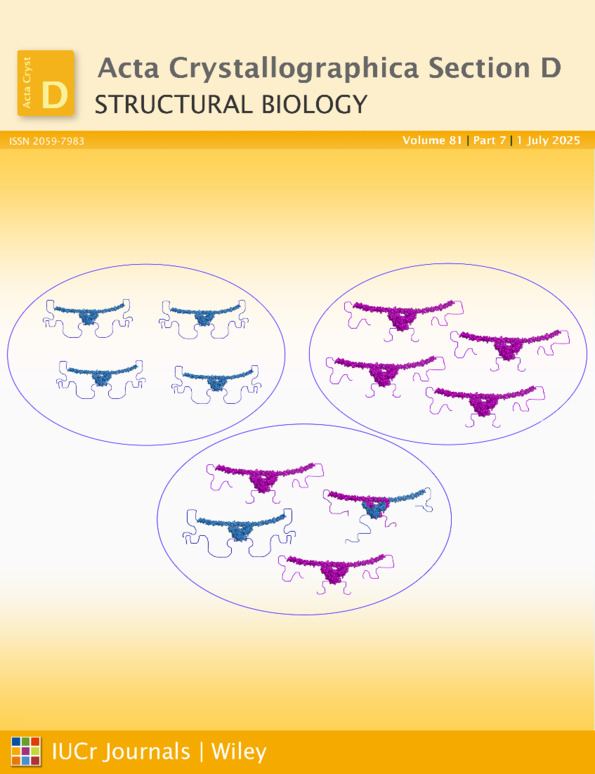Improving experimental phasing: the role of strongest reflections
Abstract
Very strong reflections have a dominant impact on the initial phasing and model-building stages of structure determination. However, experimental phasing (MIR, SAD or MAD) fails on some of the strongest reflections when the heavy-atom contribution to scattering is relatively weak or absent. It is shown that when just a few (∼50–100) of these reflections are assigned low-error phases, the entire set of isomorphous replacement phases becomes significantly improved after density modification. This improvement is indicated by higher map correlation coefficients and reduced mean phase errors of the updated data. The problem of phasing the strongest reflections may be solved by the direct measurement of triplet phases in a three-beam diffraction experiment. The analysis shows that merging isomorphous replacement data with a limited number of highly accurate phases from the reference-beam diffraction experiment would significantly improve conventional experimental phasing.




